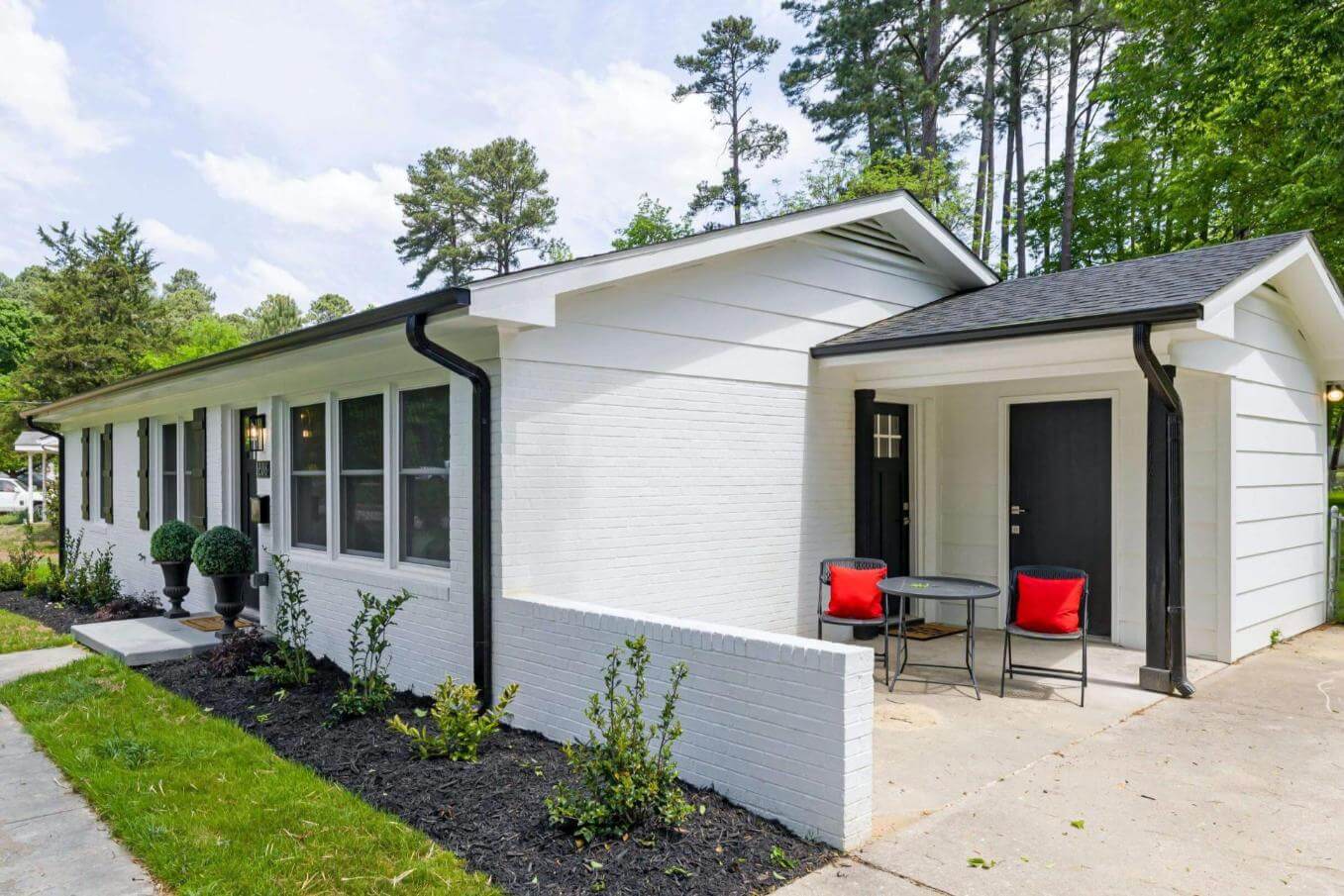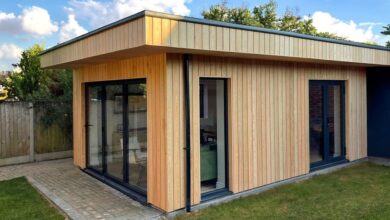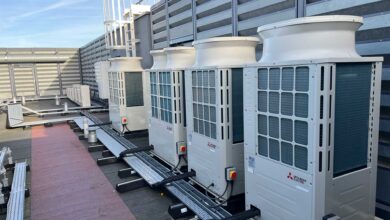
Measuring heat transfer in homes – Why proper insulation matters?
Home energy efficiency begins with being familiar with heat transfer. When outdoor temperatures soar or plummet, your home’s insulation is the primary barrier between comfort and discomfort. Proper insulation doesn’t just make your living space more comfortable it directly impacts your energy bills, home durability, and environmental footprint. Measuring heat transfer helps homeowners identify weak points in their thermal envelope and make targeted improvements that maximize comfort while minimizing energy waste.
Hidden sources of energy consumption
Heat naturally flows from warmer to cooler spaces, and your home experiences this phenomenon constantly. In winter, heated air tries to escape to the colder outdoors, while summer brings the opposite problem, with heat attempting to infiltrate your cool interior. This endless cycle of heat transfer occurs through three main mechanisms:
- Conduction- Direct heat transfer through solid materials
- Convection- Heat movement through air currents
- Radiation- Heat travelling in straight lines from warmer to cooler surfaces
Without adequate insulation, these natural processes can drain your energy resources. Many homes lose up to 30% of heating and cooling energy through walls, floors, and ceilings with insufficient insulation barriers.
Alternatives to optimal insulation
Different insulation materials offer varying levels of thermal resistance. The effectiveness of insulation is measured by its R-value the higher the R-value, the better the material resists heat flow. When selecting insulation, climate conditions and installation location determine the optimal R-value. A professional Batt Insulation Contractor in Chicago can assess your requirements and recommend suitable materials. The Midwest’s temperature extremes demand particular attention to proper insulation installation techniques.
Professional contractors understand how factors like compression, moisture, and air gaps can compromise insulation performance, potentially reducing effectiveness by up to 50% when improperly installed. Choosing between fibreglass, cellulose, foam board, or spray foam requires evaluating multiple factors, including budget, space constraints, moisture concerns, and desired performance. Professional installation ensures these materials perform to specification, maximizing your investment in home comfort.
Assessing the thermal weaknesses of your home
Before addressing insulation needs, it’s essential to identify where your home leaks energy. Professional energy audits use specialized tools to measure heat transfer across your home’s envelope:
- Infrared cameras reveal temperature variations across surfaces
- Blower door tests identify air leakage points
- Heat flow meters measure conduction through building materials
These assessment methods help prioritize insulation improvements by pinpointing areas where heat transfer occurs most rapidly. Common problem areas include attics, exterior walls, basements, and places around windows and doors.
Whole-home approach to thermal efficiency
Addressing heat transfer requires looking beyond just adding insulation. A comprehensive approach includes:
- Air sealing gaps and cracks where conditioned air escapes
- Proper ventilation to control moisture and maintain air quality
- Strategic window treatments to reduce radiant heat transfer
- Weather stripping around doors and windows
This integrated strategy creates a continuous thermal boundary around your living space. When properly implemented, these combined measures can reduce energy consumption by 20-30% compared to addressing insulation alone.
While initial costs vary based on home size and insulation type, most homeowners recoup these expenses through energy savings within 3-5 years. The total return makes proper insulation one of the most cost-effective home improvements available when factoring in improved comfort, reduced equipment maintenance, and increased property value. Heat transfers through your home’s structure, and implementing appropriate insulation solutions creates a more comfortable, efficient living environment that benefits your household budget and the planet.




